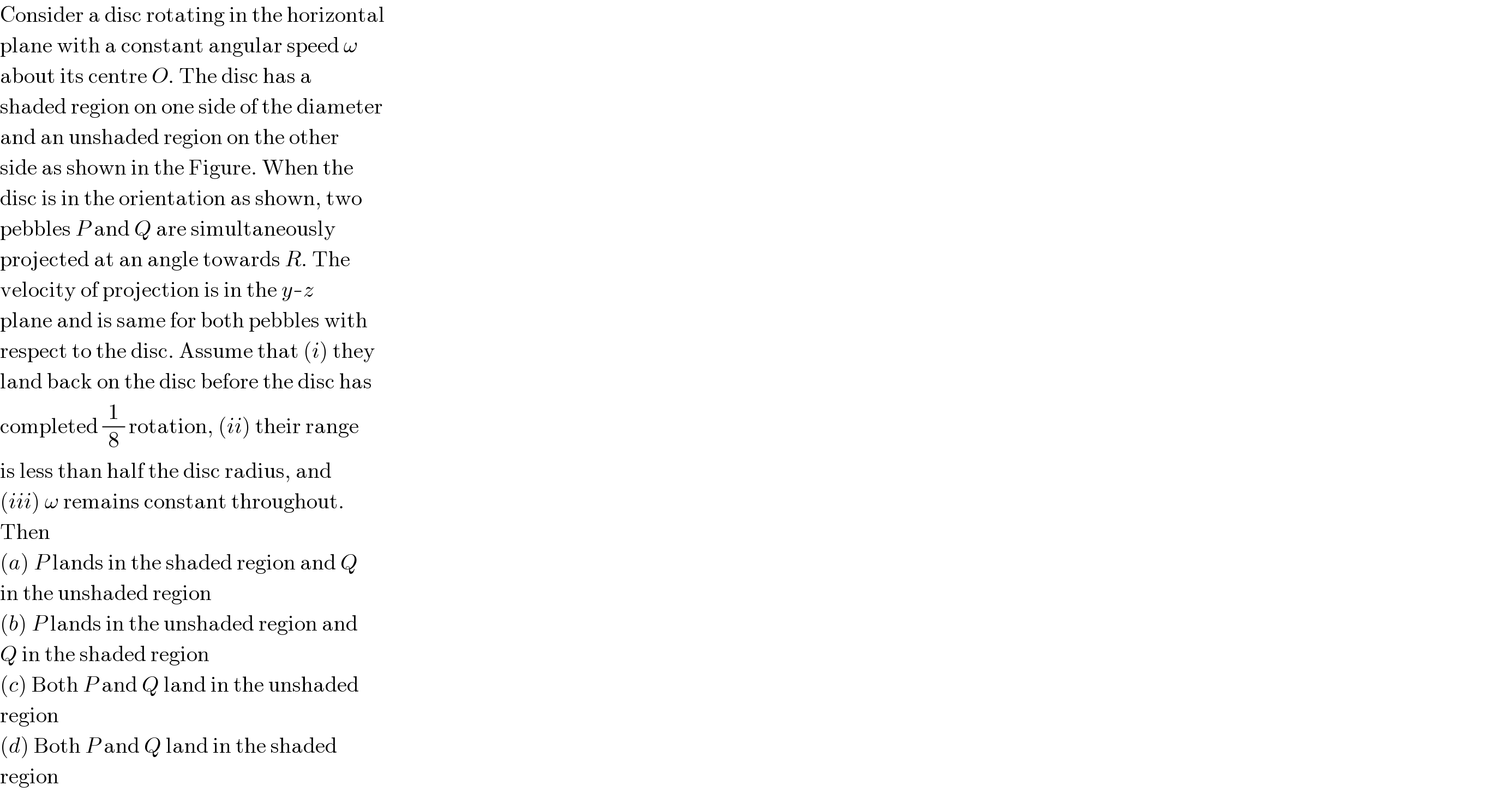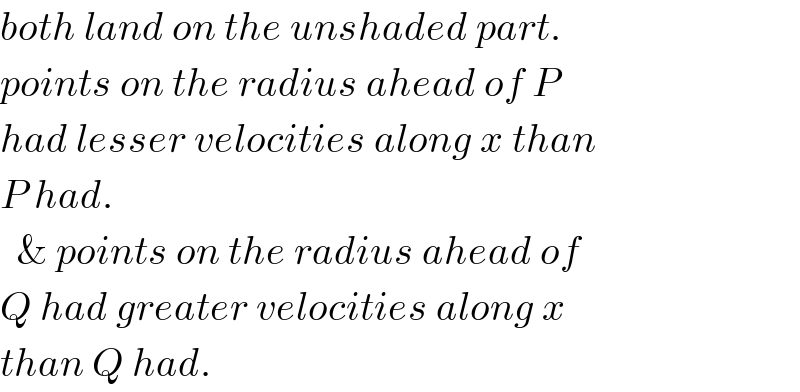
Question and Answers Forum
Question Number 20745 by Tinkutara last updated on 02/Sep/17

Commented by Tinkutara last updated on 02/Sep/17

Commented by NECx last updated on 02/Sep/17

Commented by Tinkutara last updated on 02/Sep/17

Answered by ajfour last updated on 02/Sep/17

Commented by Tinkutara last updated on 02/Sep/17

